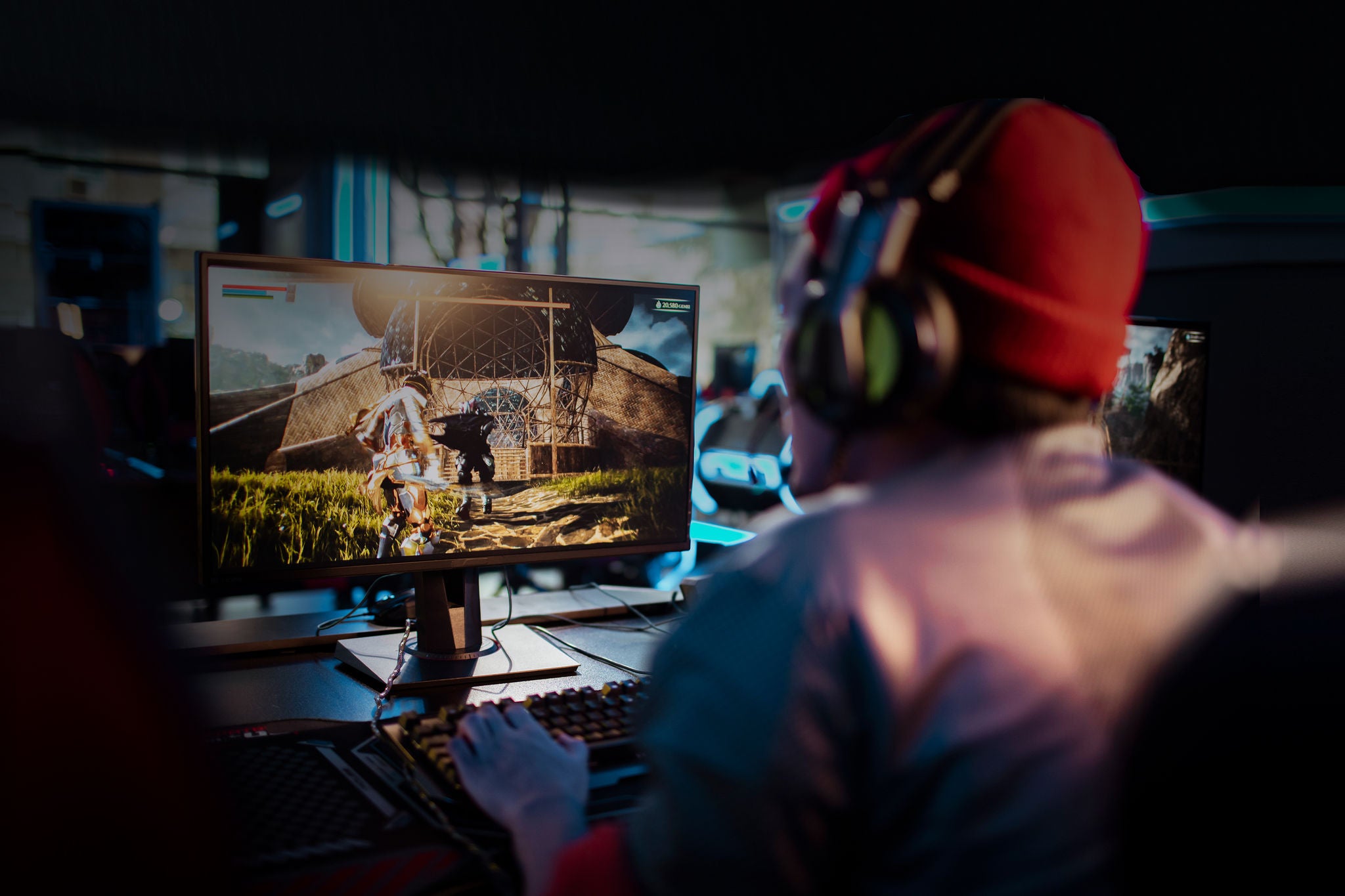EY refers to the global organization, and may refer to one or more, of the member firms of Ernst & Young Global Limited, each of which is a separate legal entity. Ernst & Young Global Limited, a UK company limited by guarantee, does not provide services to clients.

From the beginning, the gaming industry has been extremely competitive, and this pressure has intensified as the popularity of gaming has increased. The competitive landscape includes multibillion-dollar companies, but many small players have also launched wildly successful titles. Non-gaming companies are also seeking to enter the gaming world, with several technology and streaming giants recently announcing their intentions to enter the space.
When we asked gaming executives about their view of the competition, nearly three of four (72%) said increased competition within the sector is a moderate or significant opportunity. This favorable point of view was shared by several executives, regardless of the size of their company’s revenue.
Within the gaming space, competition for engagement makes our business grow. It creates innovation and new ideas. This market is growing because there are new entrants, there are new game players, and there is a flow of new content unlike anything we’ve seen in the past. The name of the game is getting gamers into the overall gaming ecosystem. We really believe a rising tide lifts all boats.
Competition, says Stuart, sends a signal that gaming is worth pursuing. Competing in such a vibrant market requires gaming companies to have technical and artistic acumen, along with business and operational excellence. With customer expectations rising dramatically, a key pillar of success will be continuous innovation and product differentiation, and gaming executives clearly recognize this. For example, 83% of those surveyed say that the gaming industry is under constant pressure to innovate and create new gaming experiences.
How will this innovation come about? There has clearly been a trend in recent years for companies to use M&A to acquire talent, technologies and popular game franchises. In 2021, there were about 400 announced or closed gaming deals worth approximately $36.3 billion.¹ This trend was reinforced in January 2022, when Microsoft announced that it planned to acquire the gaming company Activision Blizzard for $68.7 billion. Yet, when asked to identify which activities would position them best to succeed in the next three years, just 16% of our survey respondents ranked M&A as a priority. This suggests an appetite for organic growth. Driving that growth will be a focus on developing and delivering new products and services. Indeed, 50% of the gaming executives we surveyed said they plan to increase funding for R&D in the next three years, while a similar number (44%) plan to invest in new technologies.
Gaming executives said:
72%
Increased competition within the sector is a moderate or significant opportunity
83%
The gaming industry is under constant pressure to innovate and create new gaming experiences.
50%
They plan to increase funding for R&D in the next three years.




